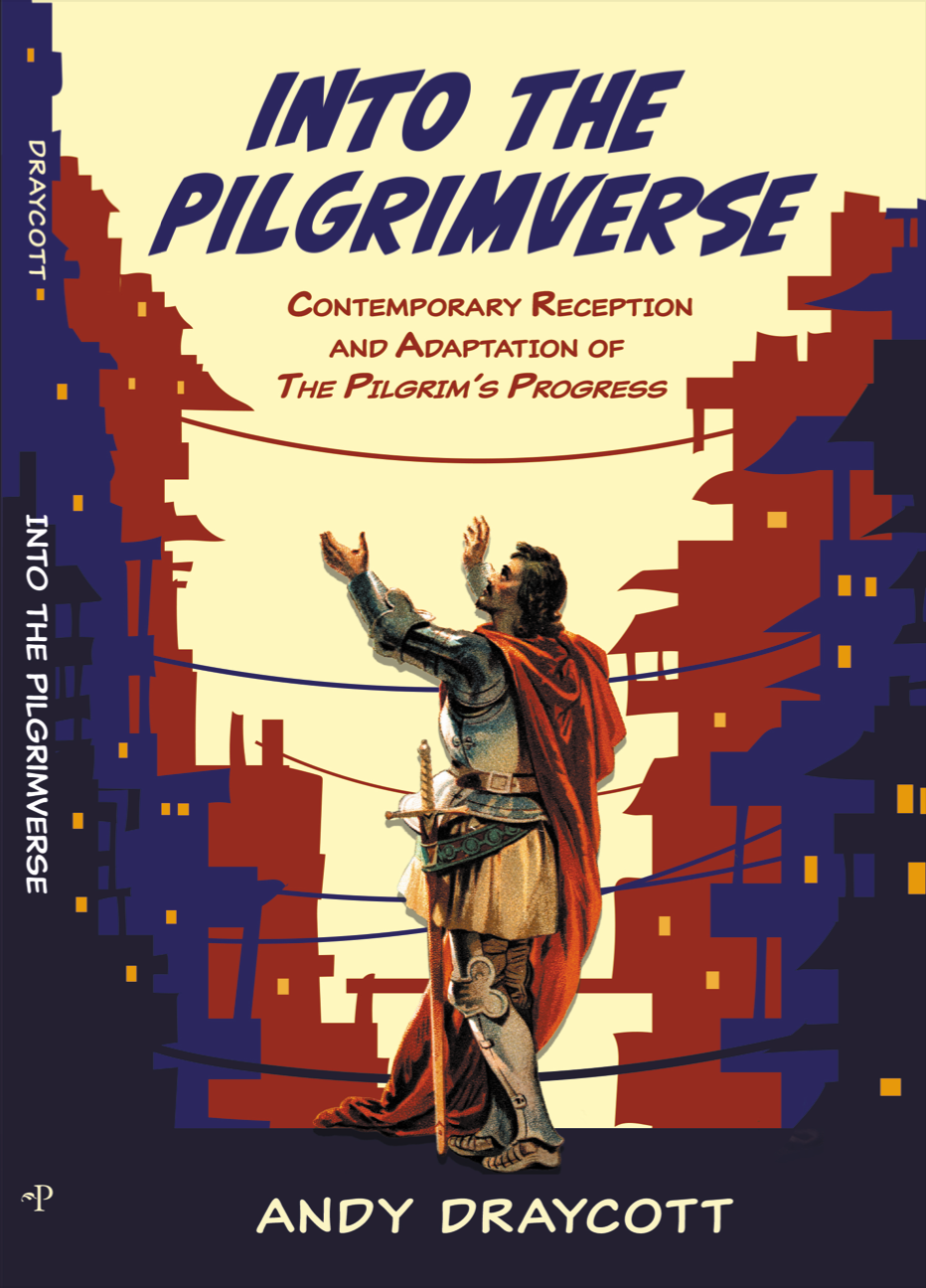Pilgrim Journey #1 of 10
- andydraycott7
- Apr 4, 2024
- 2 min read

Curtis Freeman fulfills the promise of his concluding chapter of Pilgrim Letters in this companion volume. It has the same attractive look and feel. The only difference in formal presentation is the omission, this time, of discussion questions. Devoted readers of The Pilgrim's Progress will be glad to see Freeman’s shift from Part I to Part II. This is justified by the greater emphasis in Part II on core teaching of the gospel. While William Blake did not produce illustrations for Part II, Freeman still uses Blake drawings to augment and support his commentary.
Instead of exegeting a passage from Scripture, in the way that Hebrews 6:1-2 framed Pilgrim Letters, Freeman provides an epilogue text: 1 Corinthians 4:1 – Think of us in this way: as servants of Christ and stewards of God’s mysteries.
It is the task of mystagogical instruction to lead the newly baptized Christian into greater depths of discernment of the gospel mysteries. The Contents page shows that Freeman will unpack seven mysteries as follows:
Mystery 1 One Word: Jesus Christ
Mystery 2 Two Testaments: Christian Scripture
Mystery 3 Three Persons: The Holy Trinity
Mystery 4 Four Senses: Reading Literally and Spiritually
Mystery 5 Five Acts: The Scope of God’s Story
Mystery 6 Six Seasons: The Church Year
Mystery 7 Seven Sacramental Signs: Holy Things for Holy People
The Preface recapitulates some of the observations from the Conclusion of Pilgrim Letters. Mystagogy follows previous stages of initiation for Christians: separation, transition and preparation, incorporation (including baptism). Thus four stages of conversion see a person move from being a seeker to become a hearer, then a kneeler, then finally, one of the faithful (xiv).
Freeman points out, in wonderful preacherly alliteration, that ‘[t]he purpose of mystagogical catechesis is to stimulate, strengthen, and sustain the understanding of the mystery of the gospel so that it leads to a more committed and mature practice of the Christian life.’ It is both education and spiritual formation (xv).
While the Preface is written in Freeman's authorial voice, the Introduction and the chapters that follow through to the Conclusion are framed again as letters from Bunyan’s Interpreter to the young, newly baptized Christian.
I will blog the introduction, each of the letters, and the conclusion, as I work through the reading among other commitments.


Comments